
DENTAL ART is well equipped to undertake surgical procedures involving oral cavity as well as maxillofacial includes simple extractions, surgical extractions (impactions), removal of cysts, tumors in the jaws and soft tissues any problems regarding jaw deformity, chin deformity, TMJ disorders and treatment of jaws fractures.
Tooth extraction and surgical tooth extraction (IMPACTONS,WISDOM TOOTH EXTRACTION) are easily performed at DENTAL ART BY DR.OMER FAROOQ AHMAD where as complicated impactions are performed under General Anesthesia by ORAL AND MAXILLOFACIAL SURGEONS at SURGIMAD HOSPITAL AND AMMAR HOSPITAL along with DR.OMER FAROOQ AHMAD.
In addition children now no longer needs to fear the dentist since DENTAL ART provides a child friendly environment where children can get their tooth extraction with almost intense care and completely relaxed.

Complex and long surgical cases of children involving multiple extraction also have the option of being treated under General Anesthesia at SURGIMAD HOSPITAL AND AMMAR HOSPITAL.

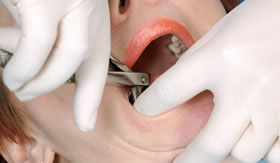
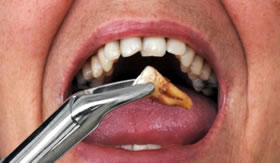
Tooth extraction is the removal of a tooth from its socket in the bone. A tooth that is severely damaged may need to be removed. Your dentist or a surgeon who specializes in surgeries of the mouth (oral and maxillofacial surgeon) can remove a tooth.
If your dentist tells you that your teeth to be extracted ,you don’t have to panic. He might tell you that u need simple extraction or surgical extraction , so i am giving u review about both of these situations .Most of the time we do not recommend extractions, but if an extraction is advised there is no need to be afraid as now with anesthesia you won't even feel the needle.!!!!!
Just to give u an idea simple extraction means when the teeth can be pulled out with the forceps with no soft tissue and bone cutting.
Now if he tells you that your teeth is impacted and needs to pull out of the mouth with surgery then here is the causes.
Your dentist may determine that the addition of certain surgical steps to your tooth's extraction process will help to make its removal go more smoothly, quickly and/or predictably.
Or, in some cases (like removing impacted wisdom teeth or retrieving root tips) a surgical approach may be the only way the procedure can be accomplished.
The added procedures might include:
As a worst (most difficult) case scenario, the entire crown may have broken off right at, or possibly below, the gum.
Another concern with broken teeth is that they may be fragile.
The problem - The same force that originally broke the tooth may have cracked it as well. Or, the portion of the tooth's crown that remains may be fragile and thus prone to breaking once force from an extraction instruments.
An extraction's level of difficulty is often tied to the configuration of its roots. (This is one reason why dentists typically recommend that wisdom tooth should be removed at a stage of only 2/3rds root development.)
Here are some situations that may exist:
"Impacted" teeth involve the situation where a tooth has not been able to come into its normal positioning. The most likely type of tooth to be impacted is 3rd molars (wisdom tooth).

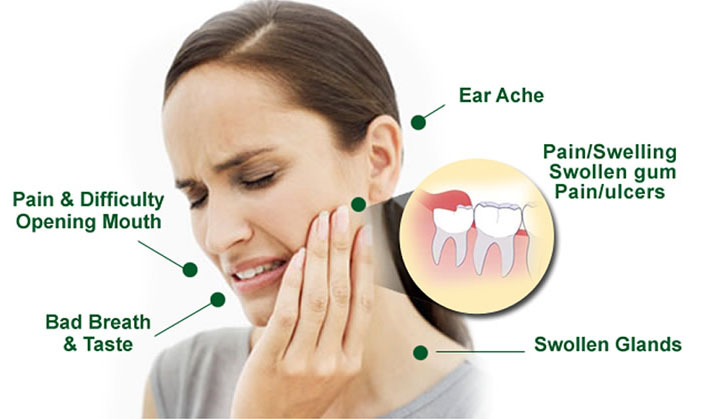

With this situation, some type of additional surgical steps will be required. It's simply a question of which ones.
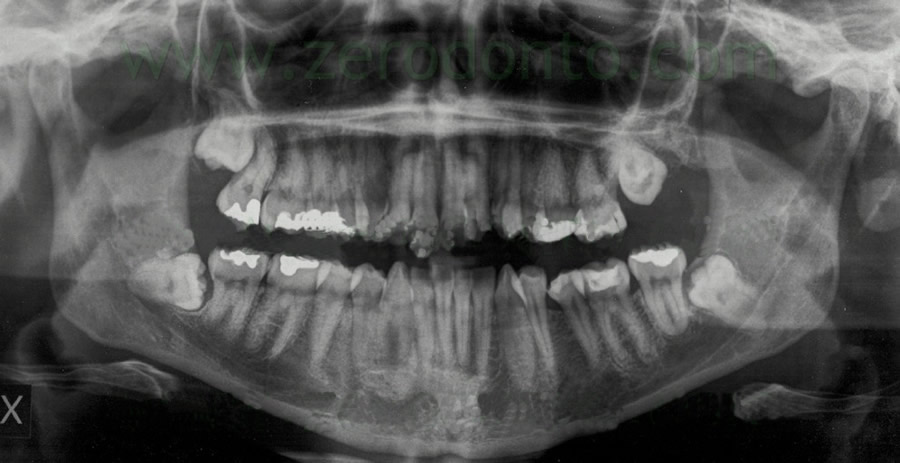
The Problem - Conditions may exist that have affected the bone that encases a tooth. This can include increased bone density and age-related bone inelasticity.
The Problem - The outcome of an extraction may be such that a fractured root tip has been either inadvertently or purposely left behind. (Doing so is never a dentist's first choice.

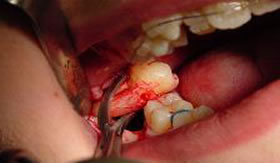
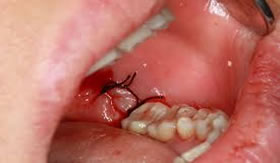
There are 3 basic surgical techniques that might be utilized during a tooth's extraction. They are:
As a patient, the last thing you want is for the unexpected to occur during your tooth extraction, or for it to be a more difficult process than it needs to be (including healing).
Implementing surgical steps with your procedure generally means that it will go quicker, more predictably and result in less surgical trauma than if (probably likely) undesired events did occur.
Try to think of having a surgical extraction as a form of insurance that helps to guarantee that your entire experience will be as pleasant and uneventful as it can.